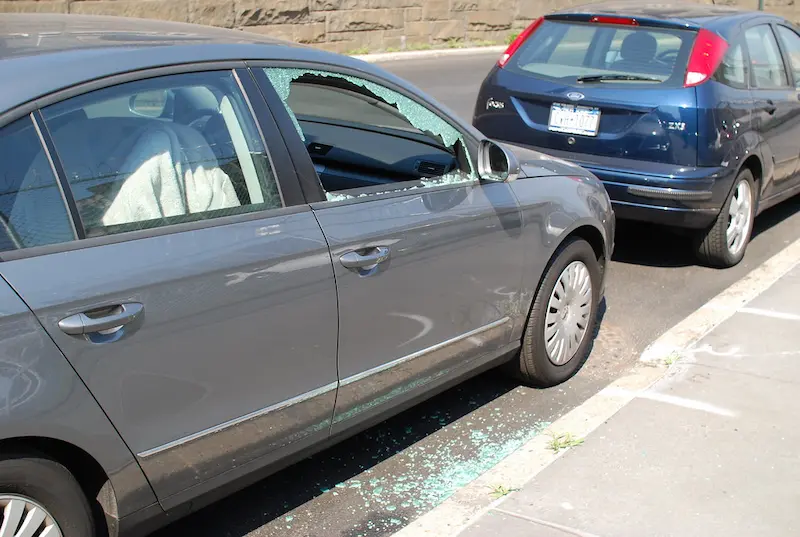Window tint has become almost standard on cars, and you typically have to make a special request when purchasing a new vehicle. With some after-market services, you can also have your windows tinted even darker than the original manufacturer’s tint.
Tinted windows both provide aesthetic appeal and can contribute to several different functions in your vehicle. Let’s go into a little more detail about the purpose of window tint before going over how dark you can tint your car windows.
Table of Contents
What Purpose Does Window Tint Serve?
The apparent purpose of tint is to minimize the light coming into the car, which can make driving in sunny areas much more pleasant. This ability to block out light also reduces the number of UV rays making their way into your car.
Since UV rays can cause damage that can lead to skin cancer, window tint lowers your risk of developing skin cancer later in life, especially if you spend a lot of time in the car. It also reduces the UV damage to your car’s interior, keeping it looking better for longer.
Window tint can also help your car regulate its interior temperature, keeping it cooler in the summer and warmer in the winter. In addition to the improved comfort while driving, it can provide a sense of privacy and security as well. The sleek, stylish appearance is just one more benefit of tinted windows.
How Dark Can Your Tint Be?
Local regulations and laws heavily influence how dark you can tint your windows. While tint can increase privacy and reduce glare from sunlight, it can also be hazardous if your windows are too dark. If you block out the majority of light, you won’t be able to see the road in front of you or any hazards that may be approaching.
Additionally, it can potentially limit the ability of police officers to see threats or other criminal activity happening within the vehicle. Both these types of risks are why many states restrict how dark you can tint your car windows.
These regulations are often stated in the percent of visible light transmission (VLT), or the amount of light that can pass through the window. The minimum VLT varies a lot from state to state based on typical road and weather conditions. Most states also have different requirements for different windows based on where they are on the car.
Ensure Your Car is Compliant
When purchasing a car that already has tinted windows, chances are the manufacturer has likely chosen a tint with a VLT that will pass even the most stringent standards since they aren’t sure which state the car will end up in.
If you’re taking your vehicle to a professional to have an after-market tint applied to your windows, be sure to check local laws to avoid getting pulled over and slapped with a fine for having windows with too much tint on them.
While windows aren’t typically covered under your car’s warranty, you should still be familiar with what is covered and for how long. If there is a catastrophic failure of another part of your car, utilizing your car’s warranty can significantly lower the out-of-pocket expense of replacement parts and repairs.

